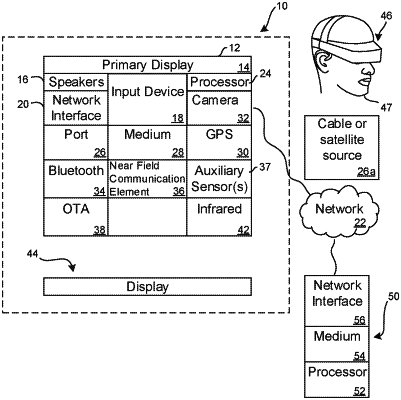| CPC G06T 7/20 (2013.01) [G06F 18/24 (2023.01); G06N 20/00 (2019.01); G06T 7/70 (2017.01); G06V 10/454 (2022.01); G06V 10/764 (2022.01); G06V 40/20 (2022.01); G06V 40/23 (2022.01); G06T 2207/20084 (2013.01); G06V 20/20 (2022.01)] | 14 Claims |

|
1. An apparatus comprising:
at least one processor configured to access at least one computer storage with instructions executable by the processor to:
receive from at least one motion sensor three-dimensional (3D) motion data;
identify a continuous sequence in the motion data from a time before a time of impact to a time after the time of impact;
identify a trajectory during the continuous sequence of an implement with which the motion sensor is engaged;
transform the trajectory into x-y, y-z, and z-x planes to render three position images;
determine velocity components in the x-y, y-z, and z-x planes transformed from the trajectory to render three orientation images;
combine the orientation images and position images into a single two dimensional (2D) planar image;
input the planar image to at least one machine learning (ML) engine; and
receive as output from the ML engine in response to inputting the planar image an indication of at least one flaw in moving the implement.
|